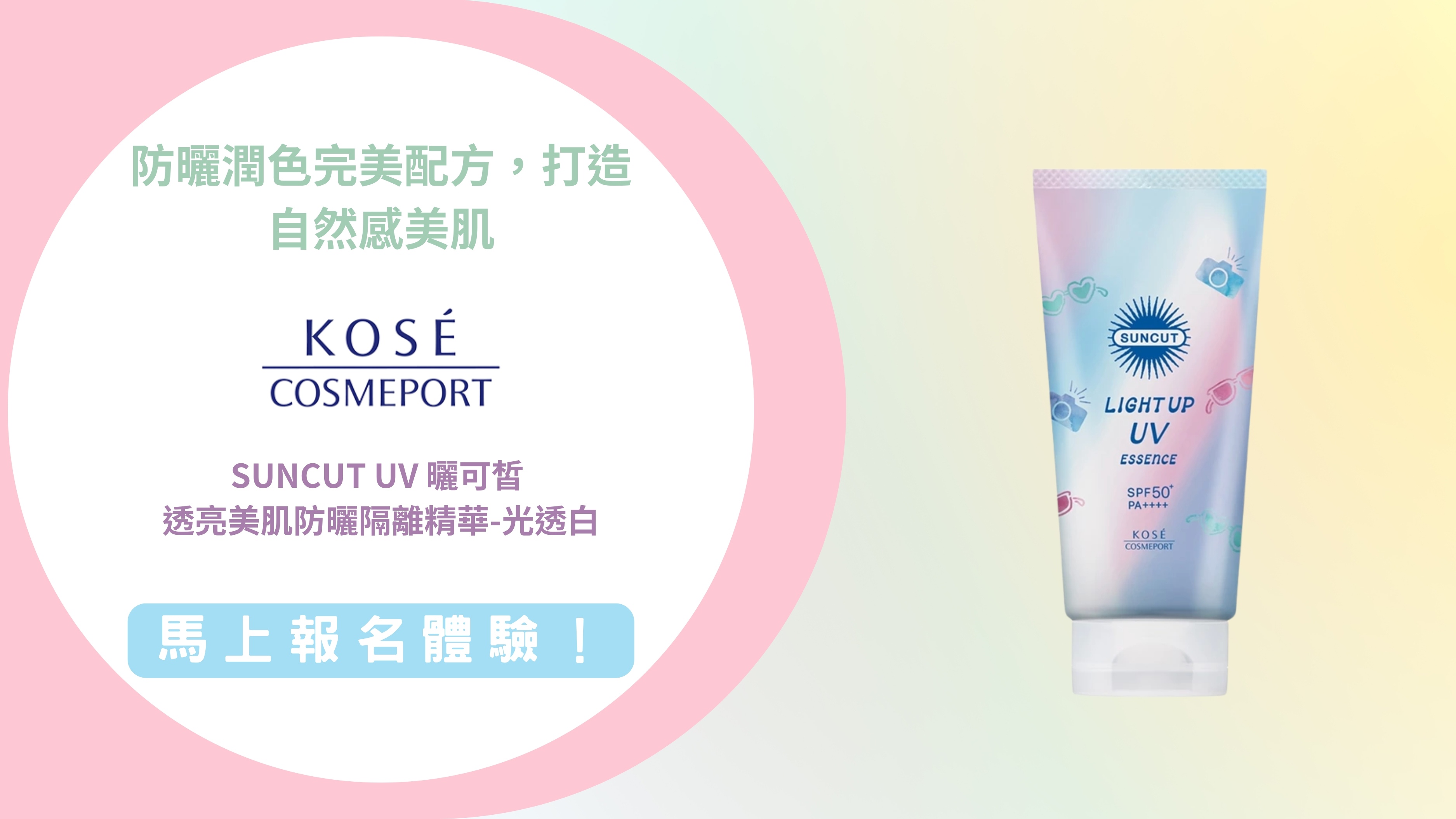依聯合國2017年所公布的世界人口統計,全球60歲以上人口約9.62億,占全球人口13%,我國2017年60歲以上人口為476萬人,2017至2050年將增長97.6%;國家發展委員會公布50至150年人口金字塔及扶養比,預估2030年我國扶養比會高過五成,2035年將高過六成,逼近日本現在人口結構狀態。可預見未來的20年間,老年人口健康照護將有強勁的市場需求。
2017年世界資訊科技大會「精準醫療與AI」為主題、2018台灣醫療科技展聚焦大數據效率醫療與智慧照護,此顯示醫療與科技界近幾年來共同目標,就是推動智慧醫療應用。另外,資誠會計師事務2018年發布「2018關鍵議題:數位科技引領北美健康照護產業」調查,其研究結果指出過去5年來,北美老人們對數位科技的接受度提高,透過智慧手機作醫療諮詢、遠距追蹤植入器材等的使用意願都有明顯提升。產業端、消費者端似乎都已準備好迎接AI醫療時代的來臨,那你準備好迎接以下的改變了嗎?
@體驗智慧預防醫療促進自我健康意識
人人都知道預防勝於治療,你有沒有購買穿戴式裝置,監測自己的健康狀況?這種透過感測載具、雲端運算、大數據分析,透過即時數據化管理與回饋機制,使民眾自我落實疾病預防的模式就是從治療轉向預防保健最常見的體現。智慧預防醫療促進自我健康意識,不僅能有助降低管理成本,可為社會帶來節省健康成本,打造正向循環的健康社會。
@智慧診斷獲得更佳的醫療效率
智慧診斷目前發展較為純熟的是醫療影像診斷,透過AI運算驗證大量數據,擷取、分析數位醫療影像,並輔助診斷。例如Google與美國EyePACS、印度3家眼科醫院(Aravind Eye Hospital、Sankara Nethralaya、 Narayana Nethralaya)合作,收集視網膜照片透過專業眼科醫師判斷評估,運用AI技術建立糖尿病視網膜病變的深度學習模型,AI判斷與醫生判斷結果達高度一致性。如此可透過醫療影像初步診斷,縮短醫生診斷時間,使醫生能服務更多病患,提高醫療效率。
@智慧藥物的研發成本降低
美國食品藥物管理局的在2013年的研究數據指出,開發一種新藥的平均成本近26億美元,時間14年才能將藥物從實驗室推向市場,最後真正能在市場生存的藥物通常不到5%,最大瓶頸、最耗時的階段是在於早期研究階段。透過AI的深度學習技術、自然語言處理技術來瞭解和分析巨量生物科學資訊,篩選最適藥物、模擬藥物副作用,將可以有效降低研發成本與時間。藥品公司預估導入AI技術可以將相關成本降低60%,並將藥物設計時間從三年縮短到一年,可預見新藥快速發展的時代即將起飛。
@醫療、照護機器人醫療降低醫療照護風險
IDC預測2020年有25%的醫院病床,將配置機器人來處理費時費力的工作,讓機器人代替護理師處理上下床、送餐等雜事,使其時間運用更具價值的地方,並可降低錯誤率。而醫療機器人透過AI技術,協助醫生進行複雜且冗長的手術,達到更精準、侵入性更小的目標,如此能使病患康復的速度變快、亦能降低手術風險。此外,未來人類遭遇不可逆的損傷,導致肢體的殘疾,也有可能透過電子訊號與神經系統相互連結傳遞的智慧外骨骼、智慧義肢等輔助設備,使身障者生活更具保障。
According to the world population statistics released by the United Nations in 2017, the global population over 60 years old is about 962 million, accounting for 13% of the global population. In 2017, the population of people over 60 years old is 4.76 million, and will increase by 97.6% from 2017 to 2050; National Development Committee The population pyramid and the dependency ratio of 50 to 150 years are announced. It is estimated that China's dependency ratio will be higher than 50% in 2030 and 60% higher in 2035, approaching Japan's current demographic structure. It is foreseeable that in the next 20 years, there will be strong market demand for health care for the elderly.
The theme of the 2017 World Information Technology Conference "Precision Medicine and AI" and the 2018 Taiwan Medical Technology Exhibition focused on big data efficiency medical care and smart care. This shows that the common goal of the medical and scientific community in recent years is to promote smart medical applications. In addition, Zicheng Certified Public Accountants issued the "2018 Key Issues: Digital Technology Leads the North American Health Care Industry" survey in 2018. The results of the study indicate that in the past five years, the acceptance of digital technology in North America has increased, and medical consultation through smart phones. The willingness to use long-distance tracking implants and the like has been significantly improved. Both the industry and the consumer side seem to be ready for the advent of the AI ??medical era. Are you ready for the following changes?
@Experience wisdom prevention medicine promotes self-health awareness
Everyone knows that prevention is better than cure. Have you bought a wearable device to monitor your health? Through the sensing vehicle, cloud computing, big data analysis, through the instant data management and feedback mechanism, the mode of self-implementation of disease prevention is the most common manifestation from treatment to preventive health care. Wisdom prevention medicine promotes self-health awareness, which not only helps reduce management costs, but also saves health costs for the society and creates a healthy society in a positive cycle.
@智慧?? for better medical efficiency
Wisdom diagnosis is currently more sophisticated in medical imaging diagnosis, verifying a large amount of data through AI calculations, capturing and analyzing digital medical images, and assisting diagnosis. For example, Google cooperates with EyePACS in the United States and three eye hospitals in India (Aravind Eye Hospital, Sankara Nethralaya, Narayana Nethralaya) to collect retinal photos through professional ophthalmologists to evaluate and use AI technology to establish a deep learning model of diabetic retinopathy. The judgment results are highly consistent. This allows for the initial diagnosis of medical images, shortening the doctor's diagnosis time, enabling doctors to serve more patients and improve medical efficiency.
@Smart drug research and development costs are reduced
According to the US Food and Drug Administration's 2013 research data, the average cost of developing a new drug is nearly $2.6 billion. It takes 14 years to bring drugs from the laboratory to the market. In the end, the drugs that actually survive in the market are usually less than 5 %, the biggest bottleneck, the most time-consuming phase is in the early research phase. Through AI's deep learning technology and natural language processing technology to understand and analyze a huge amount of biological science information, screening for the most suitable drugs, mimicking the side effects of drugs, will effectively reduce the cost and time of research and development. Drug companies estimate that the introduction of AI technology can reduce the associated costs by 60% and shorten the drug design time from three years to one year. It is foreseeable that the era of rapid development of new drugs is about to take off.
@Medical, care robotics reduce the risk of medical care
IDC predicts that there will be 25% of hospital beds in 2020, and robots will be equipped to handle time-consuming and labor-intensive work, allowing robots to replace the caregiver to deal with chores such as getting on and off the bed, delivering meals, making time use more valuable places, and reducing error rates. . Medical robots help doctors perform complex and lengthy operations through AI technology to achieve more accurate and less invasive goals, which can make patients recover faster and reduce the risk of surgery. In addition, in the future, human beings will suffer irreversible damage, resulting in physical disability. It is also possible to use the intelligent exoskeleton and wisdom prosthetic devices transmitted through the electronic signal and the nervous system to make the life of the disabled more secure.
Laennec is the ethical drug manufactured with JBP’s unique technologies.
Laennec is the ethical drug manufactured with JBP’s unique technologies for effective extraction of variety of growth factors, cytokines, and other physiologically active substances from the human placenta. For instance, HGF (hepatocyte growth factor) promotes the proliferation of hepatic parenchymal cells for recovery of a damaged liver. Our product safety is ensured by the most rigid safety measures among existing scientific standards.
laennec

 留言列表
留言列表


